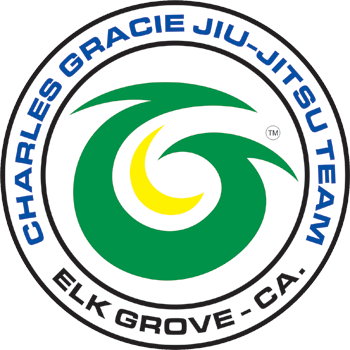The Origins of Jiu-Jitsu
Some historians believe Jiu-Jitsu is the oldest martial art, originating in India over 2,000 years before Christ.
Buddhist monks developed the techniques, focusing on balance and leverage to avoid relying on strength or weapons for self-defense.
As Buddhism spread, so did Jiu-Jitsu, reaching Southeast Asia, China, and eventually Japan, where it gained significant popularity.

Jiu-Jitsu's Evolution in Japan
During the Tokugawa era (around 1800), societal changes in Japan, including the reduction of the Samurai warrior's status, led to a decline in the practice of Jiu-Jitsu.
Samurai, no longer permitted to carry swords, relied on empty-handed combat techniques. By the 1900s, Jiu-Jitsu had become nearly extinct in Japan, surviving primarily in the sportive form of Judo.
Jiu-Jitsu's Journey to Brazil
In the late 19th century, Jiu-Jitsu masters began emigrating from Japan, spreading their knowledge and competing in various countries. Esai Maeda Koma, also known as "Conde Koma," was one such master.
In 1915, he arrived in Brazil to assist in establishing a Japanese immigration colony. There, he met Gastao Gracie, a Brazilian scholar and politician, who helped him in his endeavors. In gratitude, Koma taught Gastao's oldest son, Carlos Gracie, the fundamentals of Jiu-Jitsu.
The Grace Family's Legacy
For the young and frail Carlos Gracie, Jiu-Jitsu became a path to personal improvement. He moved to Rio de Janeiro with his family and began teaching his brothers the techniques he learned from Koma.
Together, they expanded their knowledge, developing innovative techniques and refining existing ones. In 1925, Carlos opened the first Gracie Jiu-Jitsu Academy in Rio de Janeiro.
The Birth of Brazilian Jiu-Jitsu
Carlos Gracie was a strong advocate for no-rules competitions, where he discovered the importance of ground fighting. He and his brothers adapted and modified the techniques to suit their naturally weaker physiques. T
hey also incorporated their philosophies of life and natural nutrition, with Carlos pioneering "the Gracie Diet" for athletes. Through competitions and street fights, they further refined their techniques, giving rise to what we now know as Gracie Jiu-Jitsu or Brazilian Jiu-Jitsu (BJJ).
The Rise of Brazilian Jiu-Jitsu
The Gracies' focus on ground fighting and submission techniques set them apart from other Japanese practitioners who emphasized takedowns and throws.
This unique approach proved highly effective in the "Vale-Tudo" MMA style of fighting, revolutionizing professional fighting by demonstrating the power of ground combat.
Gracie's Global Expansion
Carlos Gracie viewed Jiu-Jitsu as a means to cultivate tolerance, respect, and self-confidence. He challenged renowned fighters of his time, often significantly larger than himself, to prove the art's effectiveness.
The Gracie family's success in these challenges brought them recognition and prestige, contributing to the growing popularity of Gracie Jiu-Jitsu.
JOIN US!
Book Your Free Trial
Our students love our classes and we like our environment to speak for itself.
From your very first class, we’re confident you’ll love your experience with us.

